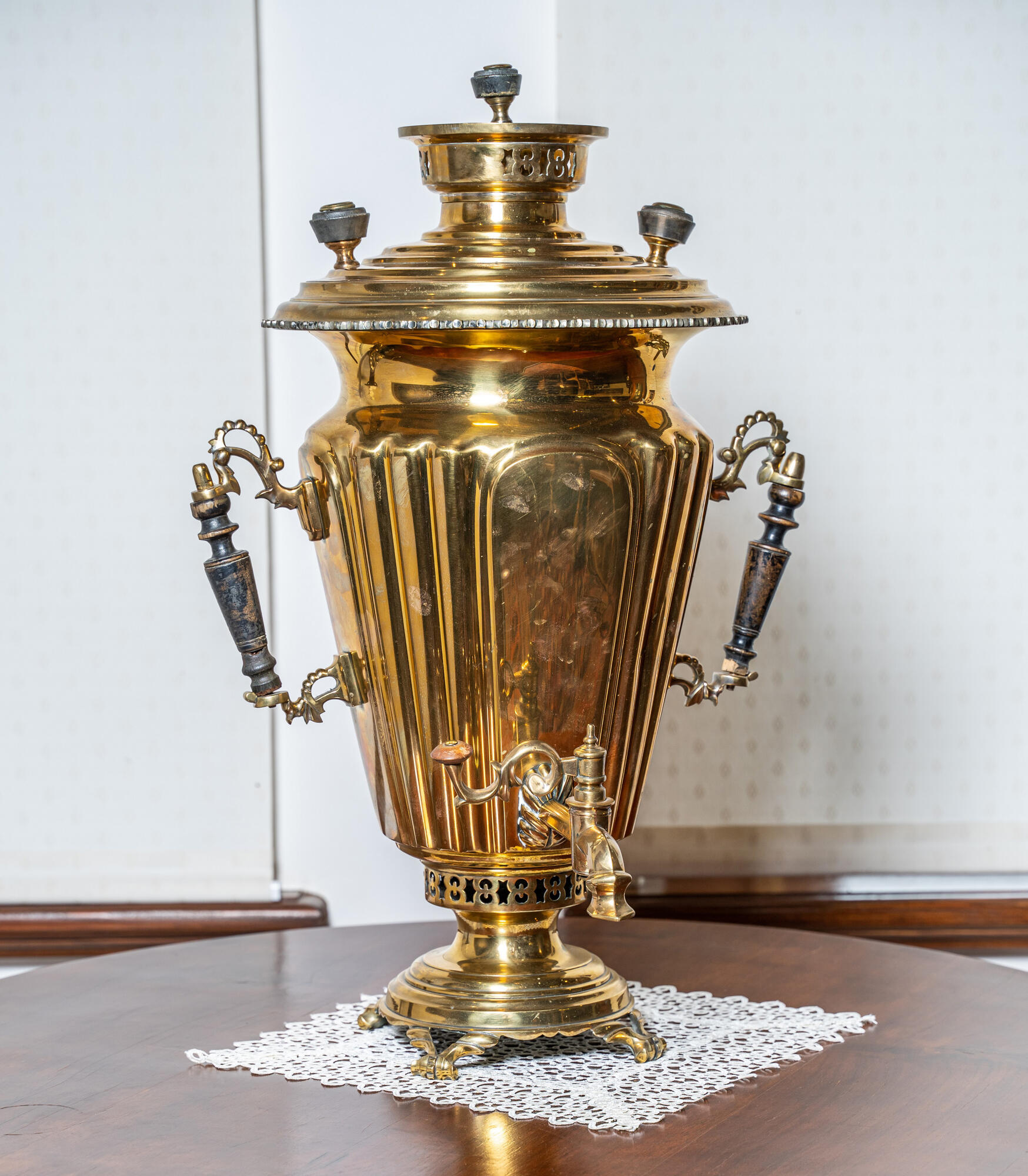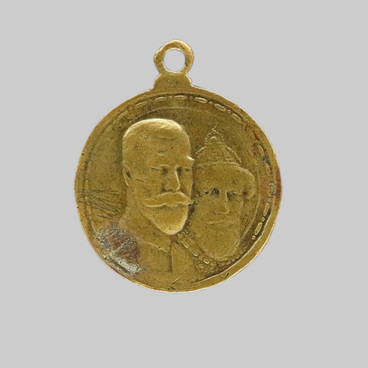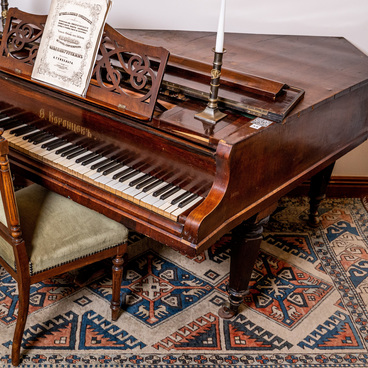The samovar is made of yellow metal and has the shape of a ‘glass with edges’. Metal parts of vertical side handles, faucet handles - carved, figured. The tap is faceted, expands from the locking mechanism to the spout. The base is round, stepped, rests on 4 curly legs. The size and graceful shape of the samovar indicate that it is intended for family tea drinking.
Before the revolution, the Batashev brothers, Vasily and Alexander, were considered the real ‘samovar kings’ in Tula. The beginning of the famous factory of the Batashevs was laid by a small samovar establishment, founded in 1840 by the gunsmith Stepan Batashev in the suburb of Tula, Chulkova Sloboda. A few years later, Stepan Batashev moved to the city itself, where he built a dwelling house and a workshop with it. The manufacturing was very small: 8 workers and 4 apprentices (if necessary, to 6 additional people were hired) made up to 400 samovars a year. As early as 1874, 212 people worked for the Batashev brothers, and production grew to 4,140 samovars. Since 1898, the former factory of Vasily Batashev became known as the ‘Partnership of the Steam Samovar Factory of Heirs to Vasily Stepanovich Batashev in Tula’.
The products of the company had a huge advantage over other products. Batashev samovars were very strong and durable: the highest quality metal was chosen for them, on which the reliability and safety of the apparatus depended, as well as the taste of tea. Their factory employed competent employees who received high salaries, which motivated them to high-quality productive work. In 1906, the Batashev Brothers' Primary School was opened, where they taught students the basics of making samovars.
At the All-Russian Manufactory Exhibition in St. Petersburg in 1870, Batashev samovars earned a silver medal. In 1873 in Vienna they received a bronze award, and in 1882 at the Moscow All-Russian Art and Industrial Exhibition - a gold one for ‘good quality at low prices.’ At art and industrial exhibitions for samovars, the heirs of Vasily Batashev received three awards for samovars: the Grand Prix in 1903-1904 in St. Petersburg at the International Art and Industry Exhibition, in 1904 at the International Exhibition in Paris and in 1911 in Turin.



